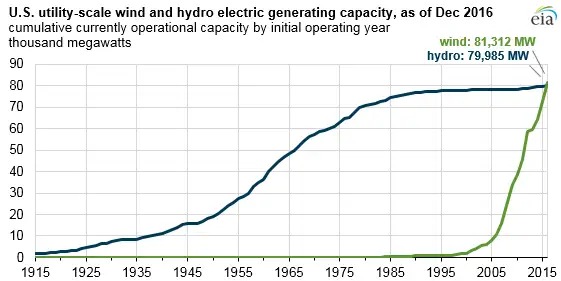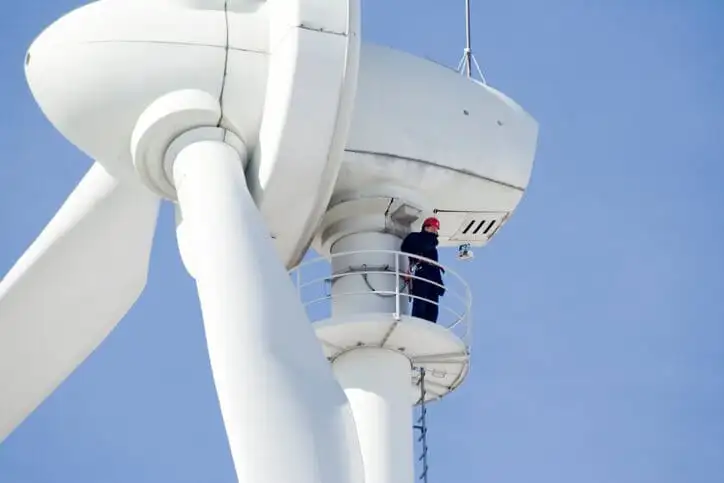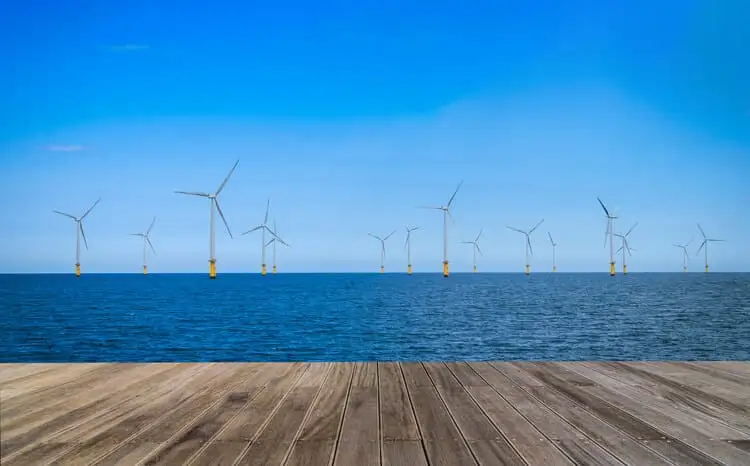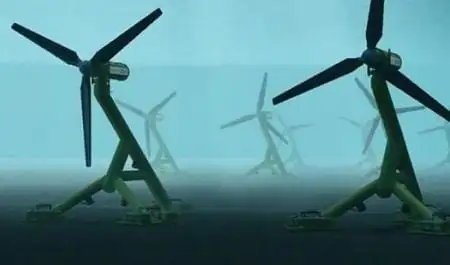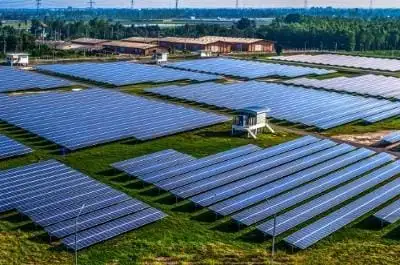Renewable Energy Study Released
NFPA 70e Training
Our customized live online or in‑person group training can be delivered to your staff at your location.

- Live Online
- 6 hours Instructor-led
- Group Training Available
Renewable Energy Subsidies drive market outcomes in a duopoly model, comparing mixed, output, and fixed input support under social welfare objectives, accounting for production costs, negative externalities, and impacts on electricity prices and outputs.
Key Points
Government incentives that lower renewable power costs via mixed, output, or fixed input support to enhance social welfare.
✅ Mixed subsidies maximize welfare but can raise electricity prices.
✅ Higher costs or externalities cut optimal output under output subsidies.
✅ Optimal prices and outputs hinge on externality level and costs.
Data detailed on Energy - Renewable Energy have been presented, including analyses related to falling wholesale electricity prices in some markets. According to news originating from Guangdong, People's Republic of China, by VerticalNews correspondents, amid China's push to boost wind and solar, research stated, "On the basis of the government subsidies for renewable energy electricity, this study builds a two-stage duopoly model in an industry with a renewable electricity enterprise and a conventional electricity enterprise in the market. Under the assumption of the generalised social welfare maximisation authority, this study discusses the effects of three types of government subsidies, business fixed input subsidy, output subsidy and mixed subsidy."
Our news journalists obtained a quote from the research from the University of Jinan, "First, the mixed subsidy policy is the best one under generalised social welfare. However, when the cost of renewable energy production or the energy negative coefficient is low, this subsidy policy generates a high electricity price, even though solar can be cheaper than grid electricity in China under certain conditions. Second, when the output subsidy is used, the optimal price and optimal output of renewable energy will decrease with the increase of production cost and the negative externality coefficient of renewable energy enterprises."
According to the news editors, the research concluded, noting market phenomena such as negative electricity prices during surplus conditions: "Finally, both the optimal price and optimal outputs depend on the level of negative externality and the cost of renewable energy production."
For more information on this research see: Influence of optimal government subsidies for renewable energy enterprises. IET Renewable Power Generation





